Dominican Republic The 10 most touristically places, The Dominican Republic, situated on the island of Hispaniola in the Caribbean, is a tropical paradise known for its stunning beaches, vibrant culture, and rich history. From the bustling capital of Santo Domingo to the pristine shores of Punta Cana and the lush landscapes of Jarabacoa, the country offers a diverse array of experiences for travelers. In this exploration, we delve into the ten most touristically renowned places in the Dominican Republic, shedding light on the unique attractions that draw visitors from around the world.
1. Punta Cana: Sun-Kissed Beach Haven
Punta Cana, located on the easternmost tip of the Dominican Republic, is synonymous with pristine beaches, turquoise waters, and luxurious resorts. The region boasts some of the country’s most famous beaches, including Bávaro Beach and Playa Blanca, where visitors can indulge in water sports, relax on the soft sands, and enjoy the vibrant nightlife. Punta Cana’s allure lies in its all-inclusive resorts, championship golf courses, and the breathtaking beauty of the coastline. The region is a haven for those seeking a tropical escape and is consistently ranked among the top tourist destinations in the Caribbean.
2. Santo Domingo: Historical Capital of the Americas
Santo Domingo, the capital city of the Dominican Republic, is a vibrant metropolis with a rich historical legacy. The Zona Colonial, a UNESCO World Heritage site, is home to some of the oldest European settlements in the Americas. The Alcázar de Colón, the Cathedral of Santa María la Menor, and the Fortaleza Ozama are among the historical landmarks that reflect the city’s colonial past. Visitors can stroll through cobblestone streets, explore museums, and immerse themselves in the lively atmosphere of the city. Santo Domingo’s status as the first European settlement in the Americas makes it a cultural and historical gem that attracts history enthusiasts from around the world.
3. Puerto Plata: Amber Coast and Cable Car Views
Puerto Plata, located on the northern coast of the Dominican Republic, is known for its amber deposits and stunning landscapes. The Amber Museum in Puerto Plata showcases the region’s connection to this unique gemstone. The city is also famous for the Teleférico cable car, which ascends to the summit of Mount Isabel de Torres. The panoramic views from the top offer a breathtaking perspective of the city and the surrounding coastline. Puerto Plata’s combination of cultural attractions, natural beauty, and the historic Fort of San Felipe make it a well-rounded destination for those seeking diverse experiences in the Dominican Republic.
4. La Romana: Luxury Resorts and Altos de Chavón
La Romana, located on the southeastern coast, is a destination known for its upscale resorts, golf courses, and the charming village of Altos de Chavón. Casa de Campo, a luxurious resort in La Romana, offers world-class amenities, including golf courses designed by renowned architects. Altos de Chavón, a recreated Mediterranean village, is home to an amphitheater, art galleries, and craft shops. The village overlooks the Chavón River and provides a picturesque setting for cultural events and performances. La Romana’s blend of luxury, culture, and natural beauty makes it a favored destination for those seeking a sophisticated Caribbean getaway.
5. Jarabacoa: Mountain Retreat and Adventure Hub
Jarabacoa, nestled in the central highlands, is a mountainous retreat known for its cool climate, waterfalls, and outdoor adventures. The region is often referred to as the “City of Eternal Spring” due to its pleasant temperatures. Visitors can explore the Salto de Jimenoa and Salto Baiguate waterfalls, go white-water rafting in the Yaque del Norte River, and embark on hiking and biking trails. Jarabacoa’s proximity to Pico Duarte, the highest peak in the Caribbean, adds to its appeal for nature enthusiasts and adventure seekers. The lush landscapes, temperate climate, and range of outdoor activities make Jarabacoa a unique destination within the Dominican Republic.
6. Bayahibe: Gateway to Saona Island
Bayahibe, a fishing village on the southeastern coast, is a gateway to the stunning Saona Island, one of the Dominican Republic’s most iconic destinations. Saona Island is characterized by its pristine beaches, crystal-clear waters, and coconut palm-fringed shores. Visitors can take boat excursions from Bayahibe to explore the natural beauty of Saona, swim in natural pools, and enjoy a relaxing day in this tropical paradise. The laid-back atmosphere of Bayahibe, combined with its proximity to Saona Island and the East National Park, makes it a popular choice for those seeking a tranquil and picturesque escape.
7. Las Terrenas: Beach Town Bliss on the Samaná Peninsula
Las Terrenas, located on the Samaná Peninsula on the northeastern coast, is a charming beach town known for its white-sand beaches, vibrant nightlife, and European flair. Playa Bonita, Playa Las Ballenas, and Playa Cosón are among the pristine beaches that attract sun-seekers and water sports enthusiasts. The town’s diverse culinary scene, influenced by its international community, adds to its appeal. Las Terrenas serves as a base for exploring the El Limón waterfall, the Los Haitises National Park, and the annual migration of humpback whales in Samaná Bay. The combination of natural beauty, cultural diversity, and outdoor activities makes Las Terrenas a gem on the Dominican coastline.
8. Cabarete: Water Sports Capital
Cabarete, situated on the northern coast, is renowned as the water sports capital of the Dominican Republic. The town’s consistent trade winds and warm waters make it an ideal destination for wind
and kite surfing. The vibrant and youthful atmosphere, along with beachfront restaurants and bars, creates a lively scene for both day and night. Cabarete’s beachfront is dotted with colorful kites, and the annual Master of the Ocean competition attracts top athletes from around the world. The town’s reputation as a water sports haven and its laid-back vibe make it a must-visit destination for adventure enthusiasts.
9. Samaná: Whales, Waterfalls, and Tropical Delights
Samaná, a peninsula on the northeastern coast, is celebrated for its diverse natural attractions, including humpback whale watching, El Limón waterfall, and lush landscapes. Every year, from January to March, humpback whales migrate to the warm waters of Samaná Bay to mate and give birth. The El Limón waterfall, set in a tropical rainforest, offers a refreshing retreat for hikers. The town of Santa Bárbara de Samaná provides a glimpse into local life and culture. Samaná’s combination of marine life, natural beauty, and cultural experiences makes it a multifaceted destination within the Dominican Republic.
10. Playa Rincón: Secluded Beach Paradise
Playa Rincón, located on the Samaná Peninsula, is often hailed as one of the most beautiful and secluded beaches in the Dominican Republic. Accessible by boat or a scenic drive, Playa Rincón boasts powdery white sands, clear turquoise waters, and coconut palm-lined shores. The pristine and unspoiled nature of Playa Rincón offers a tranquil escape for those seeking a peaceful beach experience. The surrounding hills and lush vegetation add to the beach’s natural charm. Playa Rincón’s remote location and pristine beauty make it a hidden gem for travelers looking to escape the crowds and immerse themselves in the serenity of the Caribbean.
In conclusion, the Dominican Republic’s allure as a tourist destination lies in its diverse offerings, from the historical charm of Santo Domingo to the beach paradises of Punta Cana and Saona Island. Each of the ten highlighted destinations showcases a different facet of the country’s multifaceted beauty, inviting travelers to explore the unique blend of culture, history, and natural wonders. Whether enjoying water sports in Cabarete, exploring the historical treasures of Santo Domingo, or unwinding on the pristine beaches of Playa Rincón, the Dominican Republic stands as a testament to the richness and diversity of the Caribbean’s cultural and natural treasures.









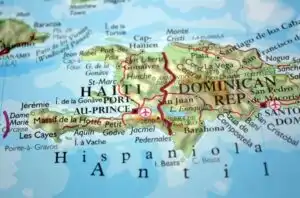
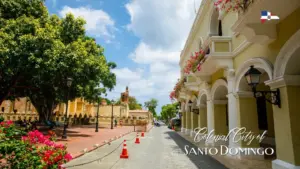

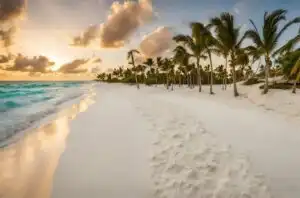

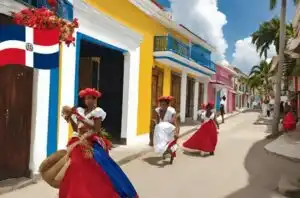

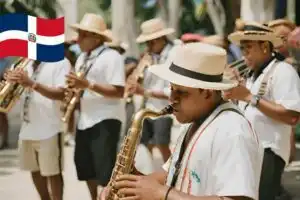
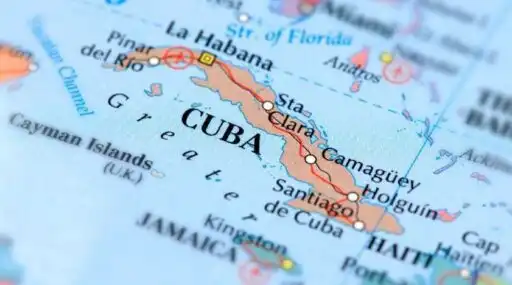

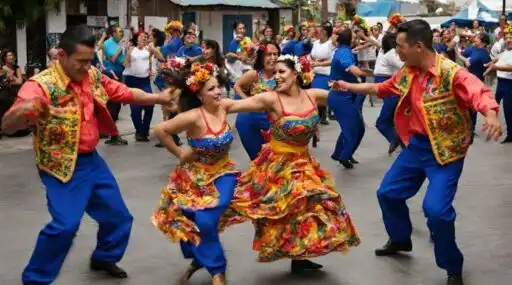




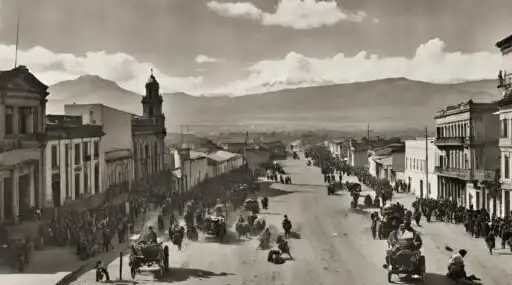
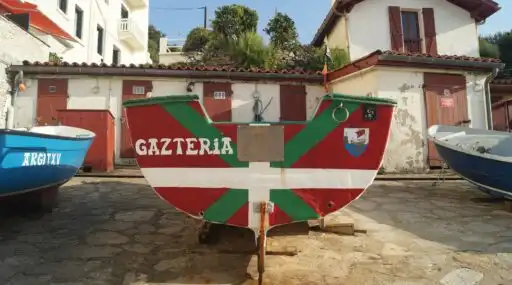
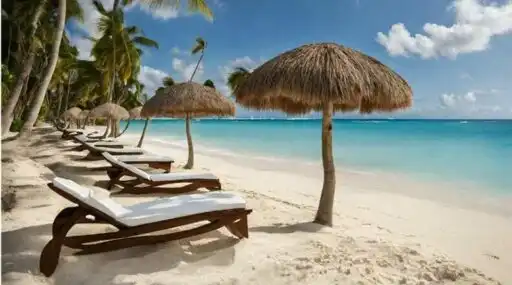




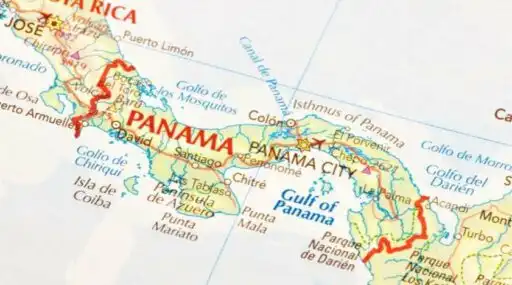

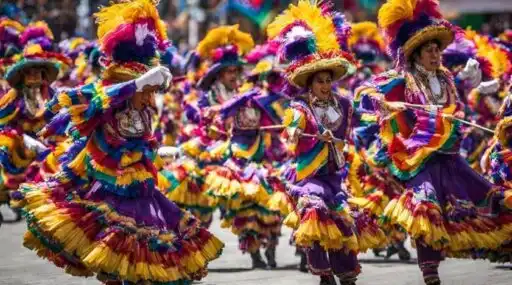












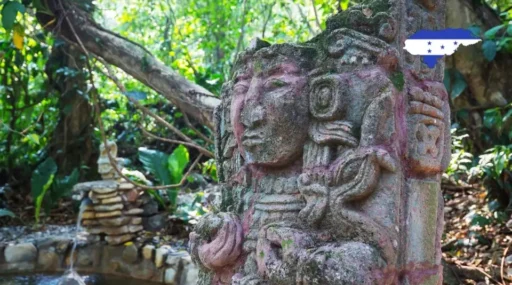
Leave a Reply